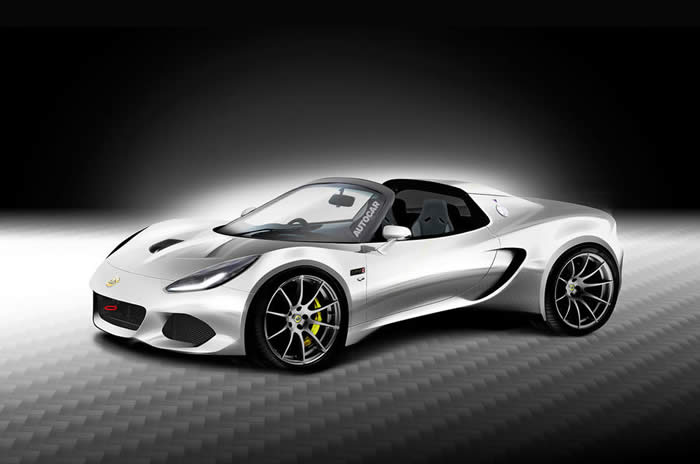

More in Sport
-


Sport
Golden Knights Conquer Kraken, Embarking on a Scintillating Start to Their Stanley Cup Defense
In an electric showdown in Las Vegas, the Vegas Golden Knights commenced their defense of the...
-


Sport
Brave Jewelry Store Staff Battle Would-Be Thief Who Uses Bear Spray
In the wake of a series of retail burglaries sweeping Southern California, an audacious attempt at...
-


Sport
D.C. Postal Worker Accused of Stealing Checks Totaling $1.7 Million from Mail
A U.S. Postal Service employee in Washington, D.C., has come under federal scrutiny for allegedly pilfering...
-


Sport
NFL Fans React to Tom Brady’s Divorce Announcement
The 45-year-old veteran quarterback has faced several challenges both on and off the football, but particularly...
-


Sport
Bruce Arians slam Tom Brady’s performance amid the Patriots’ three-game losing streak
We know one thing about former Buccaneers head coach and current senior advisor Bruce Arians: he...
-


Sport
How Tom Brady performed in the Buccaneers’ Week 7 loss to the Panthers
The team has lost three consecutive matches as a heavy favorite. Following a Week 6 loss...
-


Sport
Jill Biden gets booed at Eagles game: REPORTS
Jill Biden was on hand to promote the White House’s cancer initiatives Jill Biden served as...
-


Sport
Astros P Phil Maton broke their finger punching locker after allowing a hit to their little brother
Phil Maton of the Houston Astros will miss the MLB postseason after breaking his finger punching...
-


Sport
Novak Djokovic Facing Criticism Over Shock Announcement During US Open
Novak Djokovic is the subject of a new controversy in the tennis world after it was...
-


Sport
PGA Tour Hits Back After LIV Golf Players File Antitrust Lawsuit, ‘Former Colleagues’ In Fiery Memo
The PGA Tour sent a statement to its players advising them of the complaint and rebutting...
-


Celebrities
Mikel Arteta Reveals He Was Born with ‘Big Heart Disease’ in All or Nothing Documentary Teaser
In a clip from the upcoming Arsenal All or Nothing documentary on Amazon Prime, Mikel Arteta...
-


Sport
Florida Gators Quarterback Anthony Richardson Decides to Change Nickname, Abandoning Moniker ‘AR-15’ Because of its Association with Gun Violence
Anthony Richardson, a quarterback for the University of Florida, has decided to change his nickname and...
-


Sport
Cristiano Ronaldo’s Heartfelt Message for Departing Real Madrid Defender Marcelo
Brazilian full-back Marcelo bid a tearful goodbye to his club of 16 years, Real Madrid, on...
-


Sport
IBA Discloses The Details of Olympic Qualification System For Paris 2024
The Olympic Qualification System (OQS) for the boxing tournament of the Olympic Games Paris 2024, newly...
-


Sport
FIFA Faces New Attack Over Rights In World Cup Host Qatar
Lingering split over FIFA’s decision to hold the World Cup in Qatar conceal the once-a-year congress...
-


Sport
Lewis Hamilton Says He Has ‘Struggled Mentally and Emotionally For a Long Time
Lewis Hamilton, the seven-time F1 world champion from the United Kingdom, said on social media that...
-


Politics
Donald Trump’s close friend and New York Jets owner, Woody Johnson wants to buy Chelsea
Woody Johnson is one of the numerous parties to emerge as potential owners of Chelsea, with...
-


Sport
Naomi Osaka remembers Williams sisters after heckler tears her up during the Indian Wells loss: “Naomi, you suck.”
Late Saturday night, a BNP Paribas Open match between Naomi Osaka and Veronika Kudermetova in Indian...
-


Sport
Novak Djokovic Confirms He Would Be Unable To Play Indian Wells Or Miami Open
Novak Djokovic will miss two tournaments in the United States owing to his lack of vaccinations....
-


Sport
Alexander Zverev Kicked Out Of Mexican Open For Smashing Umpire’s Chair With Racket
After lashing out at an umpire after losing in doubles, Germany’s Alexander Zverev was kicked out...
-


Sport
Russian Figure Skater Kamila Valieva Listed 2 Legal Oxygen Boosters On Olympic Forms
ZHANGJIAKOU, China (AP) — According to documentation submitted on her behalf, two authorized medications used to...
-


Sport
Viral Olympic GIF apparently shows a Team China speed skater pushing the puck to trip Team Canada opponent
A Team China short track skater has been accused of cheating for allegedly sliding a marker...
-


Sport
Topless flag bearer steals the show at the Opening Ceremony of the Olympics
The ‘Hot Tongan’ is a thing of the past. It’s all about the shirtless flag-bearer from...
-


Sport
Mason Greenwood Released On Bail after Arrest over Rape Allegation & ‘Threats to Kill’
Mason Greenwood was released on bail today after being detained for a number of charges including...
-


Celebrities
Suni Lee Responds to Racist Attacks on Her New Relationship With Boyfriend Jaylin Smith
Suni Lee is opening up about her new relationship after making her relationship with her boyfriend...
-


Sport
Tearful Sergio Aguero Announces Retirement from Football Due to Cardiac Problem
The former Manchester City striker suffers from a cardiac problem. Sergio Aguero, 33, has announced his...
-


Sport
Switzerland Permits Assisted Suicide Capsule: Sarco Suicide Pod
Switzerland has recently legalized a new method of death: assisted suicide. The Sarco Suicide Pod, a...
-


Politics
Chinese Tennis Star Peng Shuai Claims China’s Former Vice Premier Forced Her into S*x
Peng Shuai, the former world No. 1 tennis doubles player, claimed in a Weibo post that...
-


Sport
Lewis Hamilton reveals Phone call with Max Verstappen after Crash
Lewis Hamilton has revealed the contents of a phone call he made with Max Verstappen after...
-


Sport
Former Olympic gold medalist and USC swimmer Klete Keller pleads guilty to Capitol riot charge
Former Olympic gold medalist and USC swimmer, Klette Keller, pleaded guilty after facing seven federal charges...
-


Sport
Superheroes Surprise Young Patients At Inova Children’s Hospital With A Special Visit
Fairfax County Fire and Rescue superheroes paid a special visit to Inova Children’s Hospital in Falls...
-


Sport
Daniil Medvedev wins US Open in Straight Sets
Daniil Medvedev achieved something no one else had done all year: he beat Novak Djokovic at...
-


Sport
NFL Opens to Full Stadiums as COVID-19 Rises
For the first time since COVID-19 upended the globe and changed the way sports we love...
-


Sport
Naomi Osaka Wins Her First 2021 US Open Match After Defeating Marie Bouzkova in 2 Straight Sets
Naomi Osaka is aiming for a fifth Grand Slam victory in her career. In her quest...
-


Sport
Roger Federer Will be Out for ‘Many Months’ Due to Third Knee Operation
Roger Federer will miss the US Open and will be out for “many months” due to...
-


Sport
Lionel Messi’s PSG Move to Boost Sales of Soccer Merchandise & Clothing Line
The surprising transfer of the Argentine soccer legend from Barcelona to Paris is likely to boost...
-


Sport
New Zealand Mourns Death of Olympic Cyclist Podmore at 24
New Zealand cycling was plunged into mourning on Tuesday after Olympian Olivia Podmore’s sudden death at...
-


Sport
Cristiano Ronaldo, Georgina Rodriguez’s Holidays On Yacht With Kids Are So Special
Any situation can end up giving advantages. Recently, Cristiano Ronaldo, the most popular 36-year-old athlete’s team...
-


Sport
5 Reasons to use Sailing as a Hobby
Our choice of past time and hobbies is often relative and is significantly influenced by our...
-


Sport
6 Essential Components of Tennis Fitness
Whether you play tennis for fun or professionally, fitness is essential to a great game. To...
-


Sport
Sports Nutrition: What you Need to Know
Sports nutrition is a dynamic topic that can be viewed from different perspectives. It is the...
-


Sport
Why do People like Extreme Sports?
To understand why people like extreme sports, it is very important to understand what extreme sports...
-
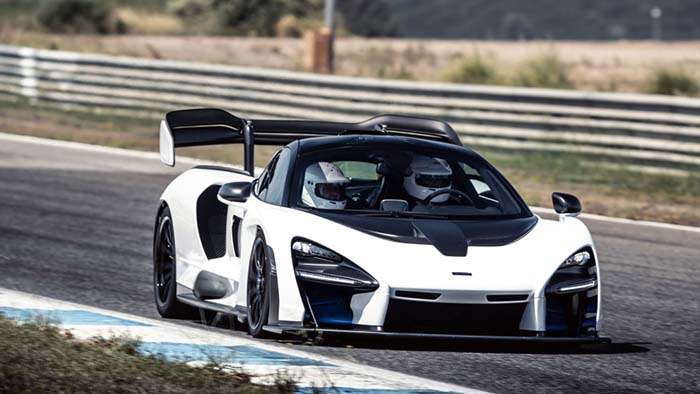

Sport
McLaren Senna First Drive Review
Ferrari owners don’t just buy a car, they buy an image of performance and sophistication. Let’s be honest:...
-


Sport
2016 Jaguar F-Pace 2.0d UK Drive Review
It’s Jaguar’s brand new and first SUV which you’ll remember, if you cast your mind back...
-
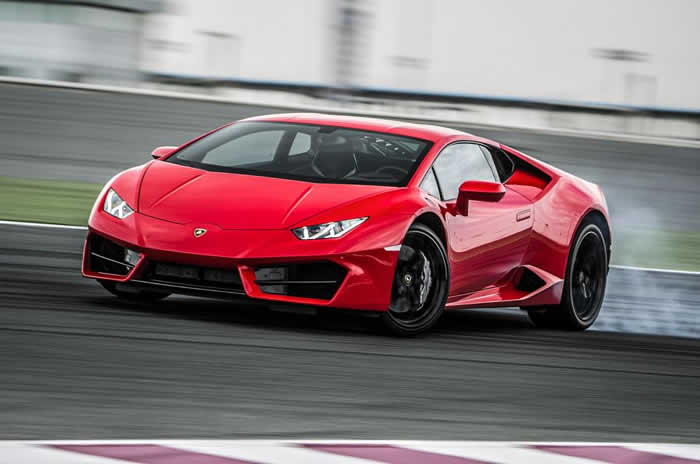

Sport
New Lamborghini Huracan LP 580-2 Review
It is two-wheel drive. That, beyond all else you take from the changes made to the...



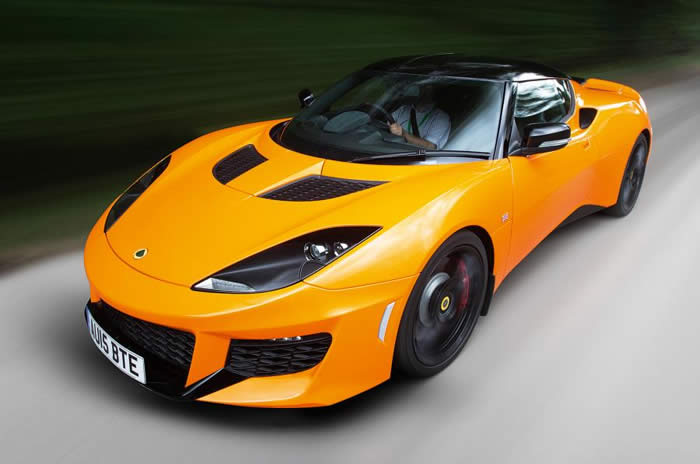
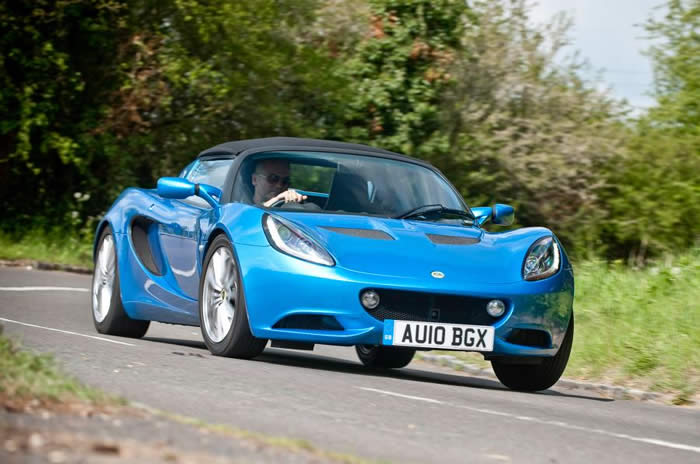
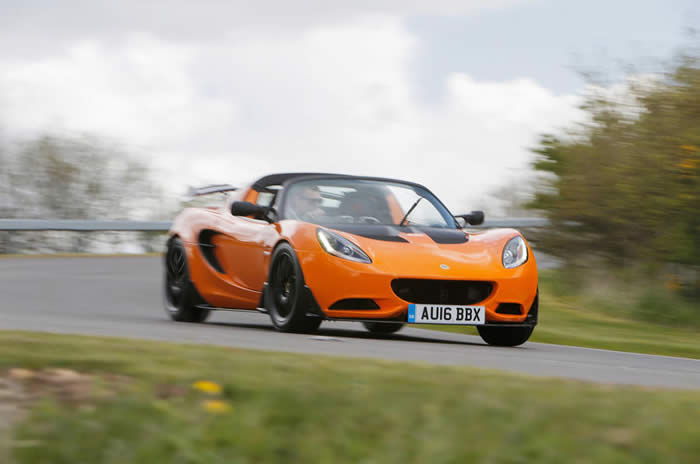

You must be logged in to post a comment Login